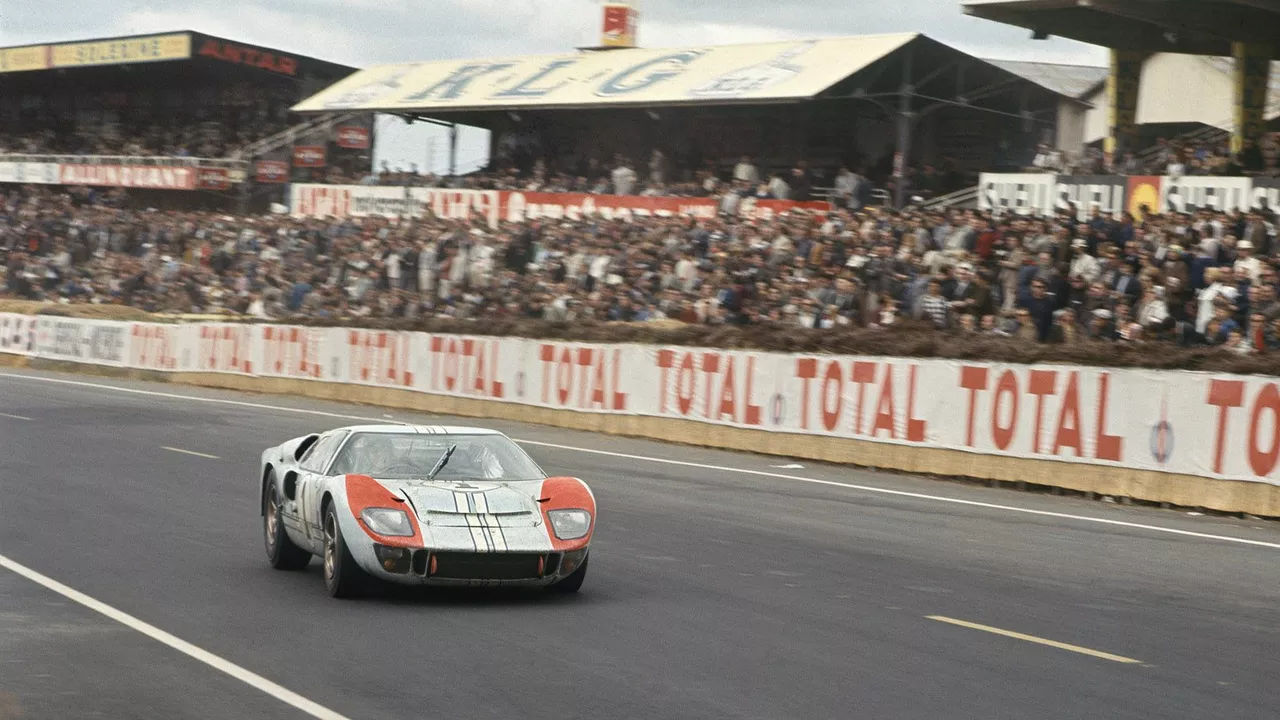Motorsport History: Relive the Greatest Racing Moments
If you love the roar of engines and the drama of the finish line, you’re in the right spot. This page is all about the stories that still get fans talking – the wins, the near‑misses, the quirks that made a race unforgettable. Whether you’re a seasoned follower or just getting curious, we’ll walk you through the highlights and why they matter.
Why Ken Miles Finished Second at Le Mans 1966
One of the most talked‑about finishes in racing lore is Ken Miles’ second place at the 1964‑66 Le Mans. Miles was a brilliant British driver who could have taken the win, but Ford’s team strategy changed everything. The three leading Ford cars were told to cross the line together for a photo finish. Miles, being a true sportsman, slowed his car to match his teammates. Because the car that started behind him covered more distance, the officials awarded it first place. The result? A dramatic silver medal that still sparks debate among fans.
Other Iconic Moments You Need to Know
Le Mans isn’t the only race with a twist. Think about the 1976 Japanese Grand Prix, where James Hunt’s crash gave Niki Lauda the championship he needed. Or the 1999 Indy 500, where the lead changed hands five times in the final lap, ending with a photo‑finish between Billy Boat Tak and Al Catalano. Each of these moments shows how split‑second decisions, team orders, and pure luck shape motorsport history.
What makes these stories stick is the human element. Drivers aren’t just machines; they’re people making tough calls under pressure. Teams sometimes order a driver to hold back, as we saw with Miles, while other times they gamble on a risky overtaking move that can win or lose a race.
Fans love digging into the details: how many laps were left, what the pit strategy was, and why a particular car performed better on a certain track. Those nuggets make each race feel like a puzzle you can piece together. We aim to give you those bite‑size facts without drowning you in jargon.
Looking back also helps us see how technology evolved. The 1960s cars were raw and mostly mechanical, while today’s hybrids and electric power units add a whole new layer of strategy. Comparing a 1966 Ford GT40 to a modern LMDh prototype shows how far the sport has come, but the heart‑pounding excitement stays the same.
So, whether you’re reading about Ken Miles’s bittersweet finish or the chaos of a recent race, the goal is to bring the story to life. We strip away the fluff, focus on what actually happened, and explain why it still matters. After all, motorsport history isn’t just a list of dates – it’s a collection of moments that still get us talking, debating, and dreaming about the next big finish.
Ready to explore more? Browse the posts below to dive deeper into each race, driver, and event that made motorsport history. Let’s keep the excitement alive, one story at a time.
